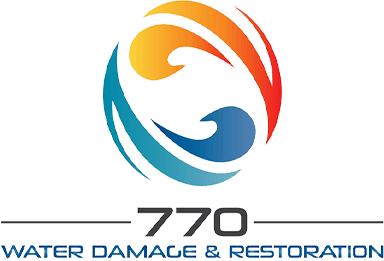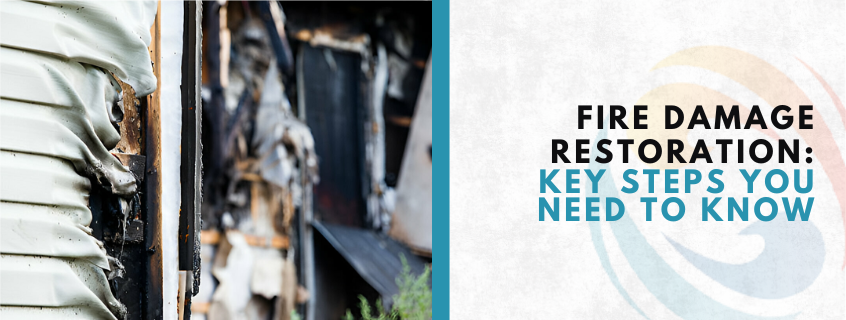When your Venice home or business suffers fire damage, it can feel like your entire world has been turned upside down. The destruction left behind—whether from flames, smoke, or water used to extinguish the fire—can be overwhelming and emotionally draining. But with the right guidance and professional help, recovery is possible. This comprehensive guide outlines the key steps you need to know to successfully navigate.
One of the most important aspects of the recovery process is understanding how to properly restoration fire damage and safely rebuild after fire damage has occurred. This involves not only addressing visible destruction but also tackling hidden issues like smoke infiltration, structural weakness, and potential water damage. Working with a trusted restoration team ensures that every detail—from cleanup to reconstruction—is handled with precision, helping you return to a safe, fully functional living or working space.
Understanding the Impact of Fire Damage
Fire doesn’t just burn. It blackens, melts, cracks, and chars. More importantly, it leaves behind toxic smoke, soot, and sometimes gallons of water that were used to control the flames. That’s why it’s critical for Venice property owners to understand the broader scope of fire damage and not attempt cleanup without a solid plan.
Many homeowners mistakenly think the damage is limited to visible areas. In truth, smoke can infiltrate HVAC systems, walls, insulation, and structural elements. Without prompt and thorough restoration, residual damage can worsen, potentially impacting health and safety. That’s why it’s essential to follow the key steps you need to know for proper fire damage restoration.
Step 1: Contact Emergency Services
One of the very first key steps you need to know after ensuring everyone is safe is to call emergency services, then contact a professional fire restoration company. Don’t wait—delays can result in further structural damage and complicate insurance claims.
Hiring a trusted restoration services with 24/7 emergency services can significantly reduce the damage and speed up recovery. These experts have the tools and knowledge needed to immediately begin remediation and secure the property.
Step 2: Comprehensive Damage Assessment and Documentation
A detailed inspection is the cornerstone of any effective fire damage restoration plan. This is another one of the key steps you need to know—not all damage is visible to the untrained eye.
Professionals will assess the extent of:
- Structural damage
- Smoke and soot penetration
- Electrical system integrity
- Water saturation levels
Step 3: Securing and Stabilizing the Property
After the inspection, the restoration team will secure the Venice property by boarding up broken windows, reinforcing damaged structures, and tarping over compromised roofs. This not only protects the property from further weather damage but also prevents unauthorized entry.
Securing the premises is among the key steps you need to know because fires often leave buildings structurally unstable and vulnerable to theft or vandalism.
Step 4: Water Extraction and Drying
Often overlooked, water damage is a significant secondary issue following a fire. Water from sprinkler systems or fire hoses can saturate drywall, flooring, and personal belongings.
Using industrial pumps, vacuums, air movers, and dehumidifiers, restoration teams work swiftly to remove water and dry out affected areas. If left untreated, water damage can lead to mold and mildew, compounding the health risks and restoration costs.
Step 5: Smoke and Soot Removal
Among the most challenging aspects of fire damage is smoke and soot removal. This step isn’t just about cleaning—it’s about preventing long-term corrosion and improving air quality.
Smoke particles are acidic and can degrade metal, wood, plastic, and fabric. Professional-grade equipment like HEPA vacuums, air scrubbers, and thermal foggers are used to extract these particles from every crevice. This makes smoke removal one of the critical key steps you need to know in the fire restoration process.
Step 6: Deep Cleaning and Deodorization
Lingering odors from smoke and fire are more than just unpleasant—they can affect your health. That’s why deep cleaning and deodorization are indispensable. Restoration specialists use ozone generators and hydroxyl technology to neutralize odors safely.
In this phase, every affected surface is scrubbed, sanitized, and deodorized. Carpets, upholstery, furniture, and personal belongings are treated to restore freshness. This step ensures that no reminders of the fire remain.
Step 7: Structural Repairs and Reconstruction
Once cleaning is complete, the next of the key steps you need to know involves actual reconstruction. This might include replacing drywall, rebuilding staircases, repainting interiors, and even remodeling kitchens or bathrooms. If you experienced water-related structural damage, hiring a team skilled in fire damage repair will be a smart move to ensure the job is done right the first time.
Step 8: Personal Content Cleaning and Restoration
Don’t forget about personal items—photos, books, electronics, and clothing. Specialized cleaning techniques like dry cleaning, ultrasonic cleaning, and electronic restoration can save many items you thought were lost—one of the key steps you need to know during fire damage recovery.
Creating an inventory of salvaged items is a helpful way to keep track and support your insurance claims. Restoring personal belongings is often one of the most emotional yet rewarding parts of the process.
Step 9: Final Inspection and Certification
Before you can return to your home or business, a final walkthrough and safety inspection are essential. Restoration teams check for structural integrity, air quality, and ensure that all systems are functioning safely—one of the key steps you need to know for a safe and successful return.
You’ll receive documentation certifying the space is safe to occupy. It’s the last of the key steps you need to know, and one you should never skip.
Step 10: Preventative Measures and Future Planning
While fire damage is devastating, it can also be a wake-up call for Venice property owners to better prepare for the future. Once restoration is complete, take steps to safeguard your property with the key steps you need to know:
- Install smoke detectors and fire alarms
- Create a fire escape plan
- Invest in fire-resistant materials
- Schedule regular inspections
Why Timely Fire Damage Restoration in Venice Matters
Protect what matters most with timely action and expert guidance. When a fire strikes, every step you take plays a crucial role in your recovery. From contacting a reputable restoration company to securing your property and rebuilding with care, each stage helps prevent further damage and ensures a smoother path forward. Fires are unpredictable, but your recovery doesn’t have to be. Partnering with professionals experienced in both fire and water restoration provides peace of mind and protects your investment. Missing even one critical step can lead to bigger issues down the road, so stay informed and proactive. Explore comprehensive Fire Damage Restoration Venice solutions designed to help you restore not only your property but also your quality of life. With the right team, full recovery is possible.
Fire Damage Restoration FAQs
Q: What should I do immediately after a fire at my home or business?
A: Contact a professional restoration company right away. Avoid entering or cleaning the property until experts assess the damage, secure the site, and begin safe restoration.
Q: How long does the fire damage restoration process take?
A: Minor repairs may take a few days, while extensive damage can require several weeks.
Q: Will my insurance cover fire damage restoration costs?
A: Most homeowner and business insurance policies include fire damage restoration. Contact your insurer quickly to confirm coverage and begin the claims process.
Q: Can I handle fire damage cleanup myself?
A: It’s not recommended. Professionals have the training and equipment to safely remove soot, smoke, and water damage. DIY cleanup can worsen damage and pose health risks.
Q: What if there’s water damage along with fire damage?
A: Fires often cause water damage during extinguishing. Restoration companies handle both by removing moisture, preventing mold, and restoring your property.



